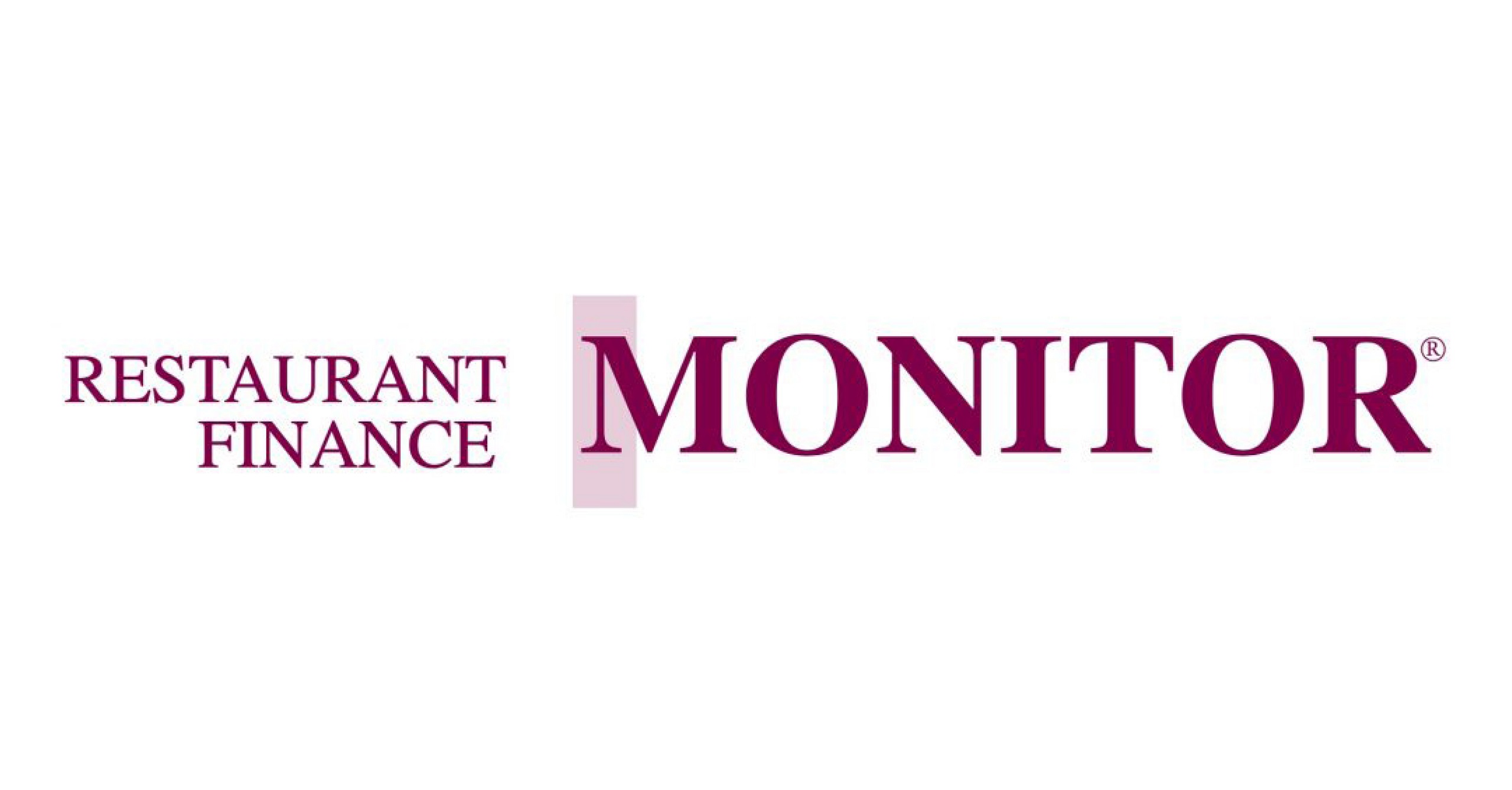One tax season down and on to the next. After all, taxes are one of two certainties in life and restaurant owners could use some certainty right now. There are some structural ideas I suggest to clients that take some time to implement, but can result in significant tax savings. The best time to start implementing tax-saving plans is early in the year.
Management company: The use of a fiscal-year management company can be an effective tool. If you have a multi-unit restaurant company with a strong management staff, you can move management into a separate entity and charge a management fee to the individual operating entities. While people use management companies often, I like to use a C-corp as a management company and then elect a fiscal year versus a calendar year. With the fiscal year you can shift income or deductions between two entities for any one tax year. Because they are related parties, these transactions are treated on a cash basis and the payor gets the deduction for the management fee when paid.
If the operating entities pay the management fee in a calendar year in December, the management company, which is a C-corp with a fiscal year, has shifted income over to the following year. There are ways you can get the deduction on one side and up to an 11 months of deferral of revenue on the management side. Also, a management company can provide different kinds of compensation arrangements and ways to compensate your key employees without having to go through a lot of ERISA (government filing) compliance. Of course, many techniques are treated on a cash basis, but they provide reasonable deductions in the future.
Checking your tax basis: A key problem is when your company has tax losses and you don’t have enough basis (meaning investment) to absorb the loss. You can often use debt to increase your basis if you are at risk and liable, but this can be difficult. For instance, you can run out of basis in one entity, but have an excess in another. To avoid this, understand your basis, losses and distributions. You may want to combine entities or make contributions to the company by year end. In general, make sure you have enough basis to take losses and distributions. If you are an S-corp, there are more stringent basis rules: You cannot use outside debt, and you need to use money you put in or that you’ve loaned to the company to create basis.
Use of separate real estate ownership: We always encourage the use of a separate entity for real estate ownership. The advantage is you can control profitability by the lease terms, and the real estate assets can be used for estate planning and owned by a trust. The trust can benefit the owner’s family. The beauty of it is if the value of the real estate goes up, the appreciation is taken out of the original owner’s estate. You can also take advantage of real estate losses and charge enough rent, so you don’t have any real estate loss limitations.
State taxes: Many states allow flow-through entities to pay the state tax, which would normally be paid by the members or, in the case of an S-corp, shareholders. The reason is most individuals have substantial limitations in deducting state income taxes. By running payments through the company, you get the advantage of a lower taxable income. There is a required election in various states and you must do the election in a timely manner. If not done, you will have to do it the next year. There are also techniques to transfer intellectual property you own to an entity in a nontax state, such as Florida, and then license it to an operating company in a high-tax state. This shifting of income creates a deduction in the high-tax state.
Profits interest: Another technique that is good for compensation planning is to provide a profits interest to key employees so they have an actual interest in the profits of the company. This doesn’t mean their interest extends to the appreciation or sale price, but they do have the current income and receive a cash distribution. The benefit is they pay the tax on the applicable share which is what the profit interest represents.
Tax entity: One of the most significant things you can do is to evaluate the kind of tax entity you are utilizing. Most people use LLCs, which are flow-through entities. But an LLC can be treated as an S-corp, a C-corp or a straight flow-through partnership. If your company is a C-corp you can accumulate losses and offset future profits. If you are looking to do a public offering, you will need to be a C-corp and the public money coming in is not taxable. A C-corp has a slightly lower tax rate which has some value and you may be able to lower potential self-employment tax due for LLC owners. The tradeoff for lowering self-employment tax is the limitation of only one class of stock, thus limiting tax planning for potential investors using investment options like preferred stock.
Your accountant and lawyer will be able to help you with these techniques if you plan ahead. For the restaurant industry, particularly multi-unit operators, there is the ability to shift income, use multiple entities and in some cases lower their tax significantly. And who doesn’t want to start thinking about filing their 2024 taxes now that 2023’s are in the mail?
From the May 2024 issue of Restaurant Finance Monitor
Author
-

Co-founder and chairman of Monroe Moxness Berg PA, Dennis is a pioneer in corporate financing with a broad network of finance contacts and clients. He assists businesses, from emerging companies to multinational firms, by providing creative ideas, identifying unique financing sources, and developing the financial tools necessary for their growth and development.
